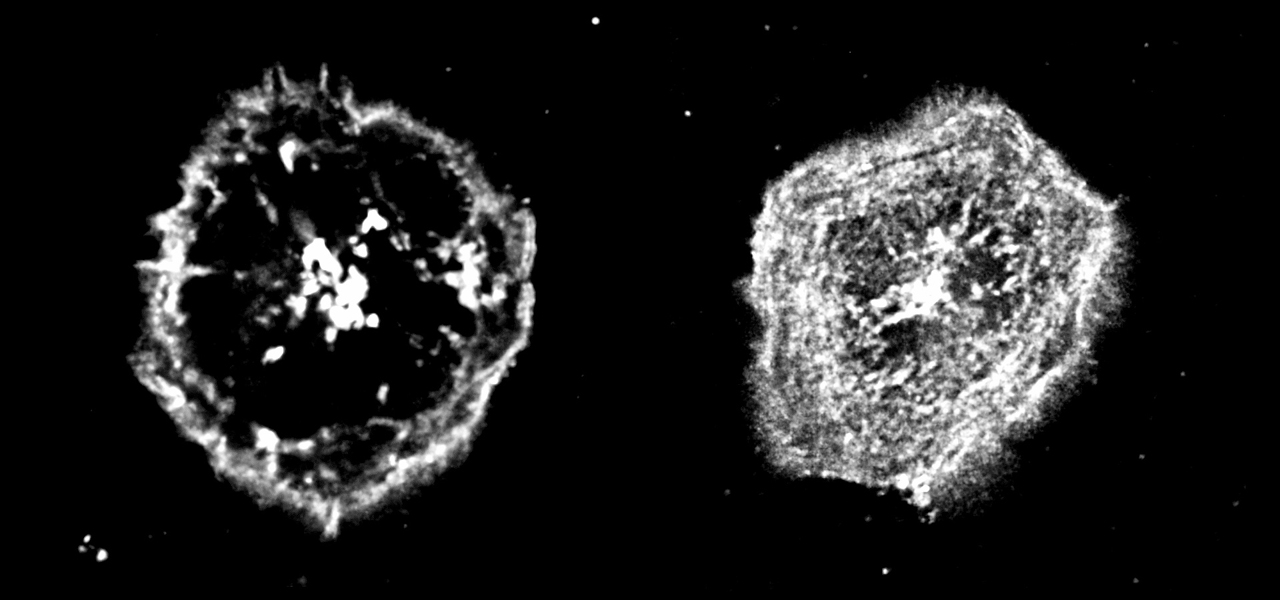
'Actin Modeling in WT and KO T cells'.
#13 Valency : Participants : Sabrina Simoncelli
Breakthroughs in biological sciences are often accompanied with advances in imaging. Over the past two decades, several innovations in instrumentation, data analysis and dye design powered the resolution revolution in fluorescence microscopy, allowing to see beyond the diffraction limit of light.
While there currently are many nanoscopy methods that circumvent this limitation, they all have trade-offs between resolution, speed, field of view, biocompatibility, sensitivity, and experimental complexity. To push the technology further, the lab explores new approaches ranging from image analysis routines (to extract richer structural and mechanistic information of protein complexes, interactions and assemblies); to the synergistic integration of photonic nano-structures. In the biology side, we are interested in T cells.
We use a combination of experimental and computational tech-niques, including microscopy, optics, spatial statistics, nano-fabrication and image processing. We are particularly interested in super-resolution microscopy (also known as nanoscopy), which are fluorescence microscopy techniques that allow us to visualise the spatial organisation of single molecules and molecular assemblies, with the highest level of resolution and specificity. Our main biological application is in T cells, which are white blood cells that are essential for human immunity.
The exhibition will feature some work from Megan Joseph's PhD which focuses on using super resolution microscopy techniques to understand T cell activation. T cells are white blood cells of the immune system. They carry out many important functions such as helping other immune cells to produce antibodies as well as directly killing target cells including virally infected and cancerous cells.
Sabrina Simoncelli, born in Buenos Aires, received both her first degree (2010) and her PhD (2014) in Chemistry from the University of Buenos Aires, Argentina. Her PhD research focused on the development of nano-plasmonic devices to boost temporal and spatial detection limits in optical microscopy.
After completion of her PhD (2014), Sabrina spent a year and half at the University of Munich, Germany, exploiting the optical excitation of surface plasmon in metallic nano-structures to heat biomolecules at the nanoscale.
Since January 2020, Sabrina relocated to University College London, to take-up a Lecturer appointment in the Department of Chemistry and a Royal Society Dorothy Hodgkin Fellowship. She is establishing her research group in the London Centre for Nanotechnology. The group’s research focuses on the application and development of physical and chemical approaches to study biological phenomena at the nano-scale
Megan Joseph was born in East London and received her degree in Biological Sciences and Masters in Immunology from Imperial College London. She then started work on her PhD with the London Interdisciplinary Doctoral Program. Working in the Simoncelli Lab, alongside Sabrina, her PhD focuses on using super resolution microscopy techniques to study T cell biology with a focus on understanding auto-immune disease mechanisms.
 Website: Simoncelli Lab
Website: Simoncelli Lab
